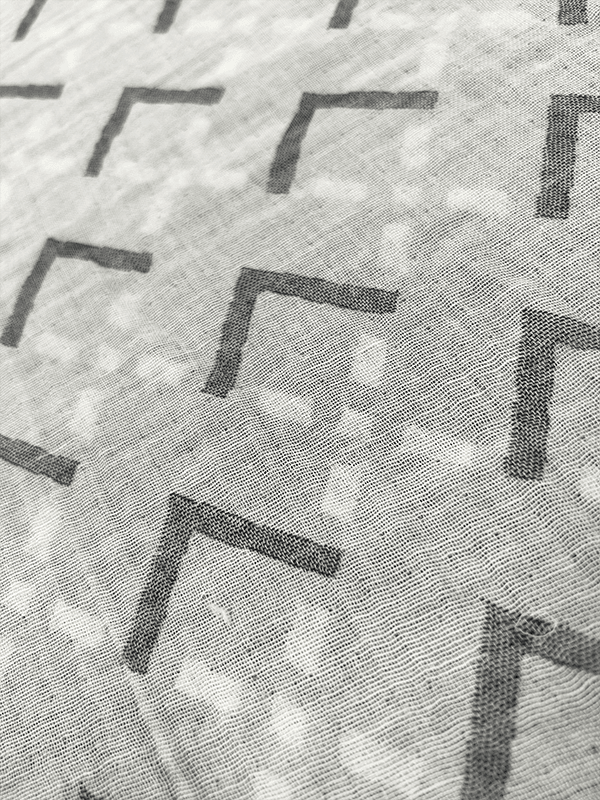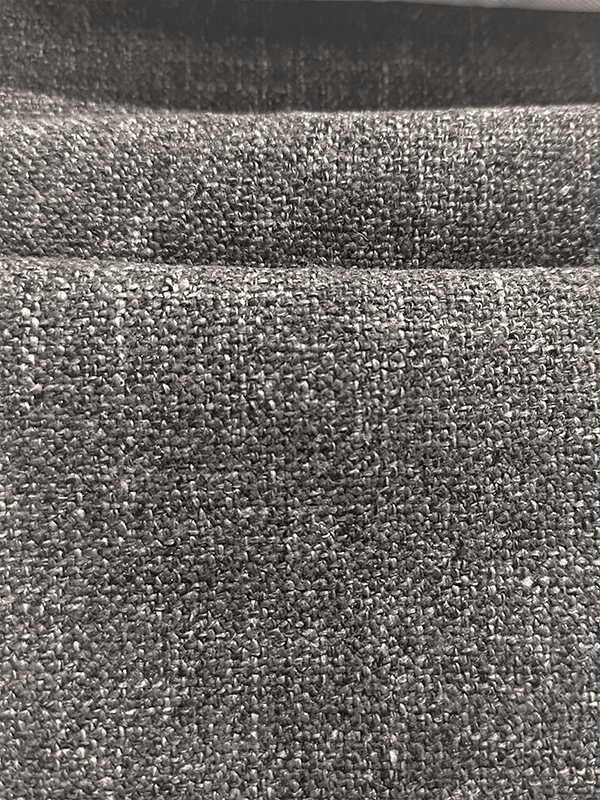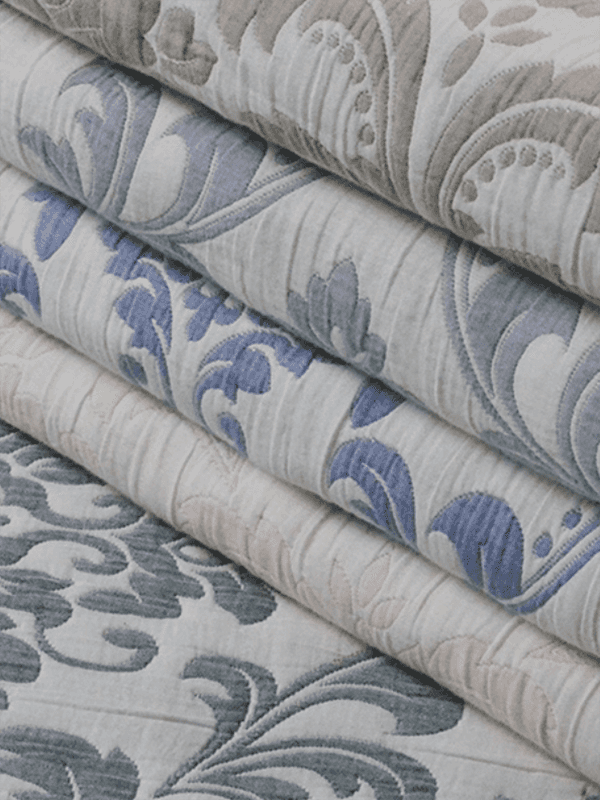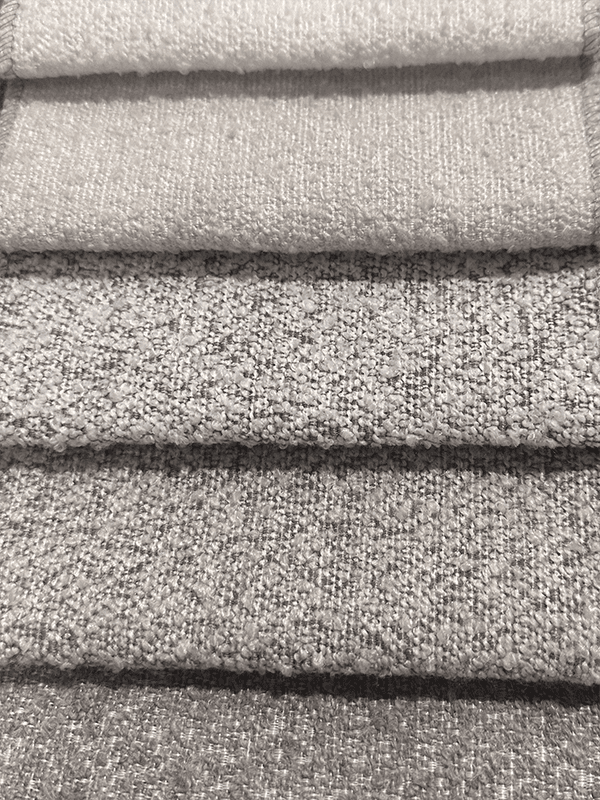When you walk into a living room, the sofa often takes center stage. It’s not just a functional piece of furniture but also a reflection of personal style and a hub of comfort. One of the most critical factors that determine a sofa’s appearance, feel, and longevity is its upholstery fabric. The right sofa upholstery fabric can elevate the look of your home, provide unmatched comfort, and withstand the wear and tear of daily life.
But with so many choices available—cotton, leather, velvet, microfiber, linen, and more—how do you choose the perfect fabric for your sofa? Let’s explore everything you need to know about sofa upholstery fabric, from its types and characteristics to tips for selection and care.
Why Sofa Upholstery Fabric Matters
The fabric covering your sofa isn’t just about looks. It plays a vital role in:
Durability – The fabric determines how well your sofa resists wear, stains, and fading.
Comfort – Texture, breathability, and softness affect how pleasant your sofa feels.
Maintenance – Some fabrics are easy to clean, while others require special care.
Aesthetic Appeal – Upholstery sets the tone for your interior décor, whether modern, classic, or rustic.
Simply put, the upholstery fabric you choose can make the difference between a sofa that looks tired within a year and one that looks stylish and inviting for decades.
Types of Sofa Upholstery Fabric
1. Cotton
Cotton is a natural fiber known for its softness, breathability, and affordability. It’s comfortable in all climates and comes in a variety of patterns and colors. However, pure cotton can wrinkle and stain easily unless blended with synthetic fibers.
2. Linen
Linen offers a sophisticated, natural look and feels cool to the touch. It’s great for formal settings but tends to wrinkle and stain more easily than other fabrics. Linen sofas are best suited for low-traffic areas.
3. Leather
Leather is timeless, durable, and easy to clean. It’s resistant to spills, making it ideal for households with kids or pets. Leather also develops a beautiful patina over time, adding character. The downside is that it can feel cold in winter and sticky in summer.
4. Velvet
Velvet exudes luxury with its rich texture and sheen. It’s soft, stylish, and adds elegance to any space. However, velvet can attract dust and may require more maintenance than other fabrics.
5. Microfiber
Microfiber is a synthetic fabric that mimics suede. It’s soft, durable, and highly stain-resistant, making it one of the most practical choices for busy households.
6. Polyester and Blends
Polyester and polyester blends are widely used for upholstery due to their durability, resistance to wrinkles, and affordability. When blended with natural fibers, polyester enhances strength without sacrificing comfort.
7. Wool
Wool is warm, resilient, and naturally stain-resistant. It’s less common than other fabrics but highly durable. Often, wool is blended with synthetic fibers to improve texture and maintenance.

Factors to Consider When Choosing Sofa Upholstery Fabric
Selecting the right sofa fabric goes beyond aesthetics. Here are key factors to keep in mind:
1. Lifestyle and Usage
Families with kids and pets need stain-resistant and durable fabrics like microfiber, leather, or polyester blends.
For formal living rooms, delicate fabrics like linen or velvet may be more appropriate.
2. Durability Ratings
Check the fabric’s Martindale or Wyzenbeek rating, which measures abrasion resistance. The higher the score, the more durable the fabric.
3. Comfort
Think about the feel of the fabric. Cotton and velvet are soft and cozy, while leather provides a firmer, more structured feel.
4. Climate
In humid climates, breathable fabrics like cotton and linen are preferable. In cooler areas, wool or velvet may provide added warmth.
5. Color and Pattern
Light colors can brighten a room but may show stains more easily. Darker shades and patterns help conceal wear and spills.
6. Allergies
Some fabrics, like microfiber, are hypoallergenic and resist dust mites, making them suitable for sensitive individuals.
Popular Trends in Sofa Upholstery Fabric
Eco-Friendly Fabrics – Sustainable options like organic cotton, recycled polyester, and natural linen are gaining popularity among eco-conscious buyers.
Textured Fabrics – Bouclé, tweed, and chenille are trendy for their tactile appeal.
Bold Colors – Jewel tones like emerald green, sapphire blue, and rich burgundy are making statements in modern interiors.
Neutrals with Depth – Shades like taupe, beige, and soft gray remain timeless but are being paired with bold accents for balance.
Caring for Sofa Upholstery Fabric
A sofa is an investment, and proper care ensures it remains beautiful and functional for years.
Vacuum Regularly: Use an upholstery attachment to remove dust and debris.
Spot Clean Spills Immediately: Blot, don’t rub, to avoid spreading stains.
Professional Cleaning: Some fabrics, like velvet and wool, benefit from professional cleaning once or twice a year.
Rotate Cushions: This helps maintain even wear and prevents sagging.
Use Slipcovers or Throws: Adds protection and style while extending fabric life.
Common Mistakes to Avoid
Choosing Style Over Practicality – A delicate linen sofa in a household with toddlers may not last long.
Ignoring Maintenance Needs – Some fabrics require more care than others, which should match your lifestyle.
Forgetting About Sunlight – Direct sunlight can fade fabrics like cotton and velvet. Consider UV-resistant materials for sunny rooms.
Overlooking Room Aesthetics – The fabric should complement your décor, not clash with it.
Why Sofa Upholstery Fabric is a Long-Term Investment
A sofa is often one of the most used pieces of furniture in a home. The right upholstery fabric enhances both comfort and longevity. Investing in high-quality fabric ensures your sofa not only looks good but also withstands the demands of daily life. While trends come and go, durability and comfort never go out of style.
Conclusion
The choice of sofa upholstery fabric can completely transform your living space, blending function with fashion. From the luxurious feel of velvet to the rugged practicality of microfiber, each fabric brings unique strengths to the table. By considering factors like durability, lifestyle, comfort, and maintenance, you can choose upholstery that complements your home and stands the test of time.

 English
English 中文简体
中文简体 Español
Español عربى
عربى













